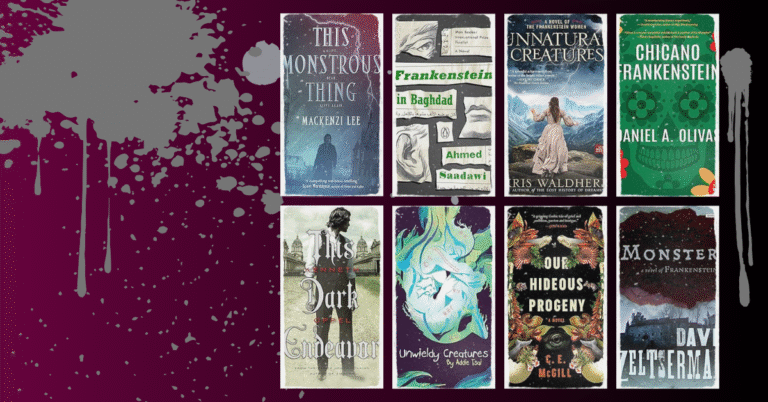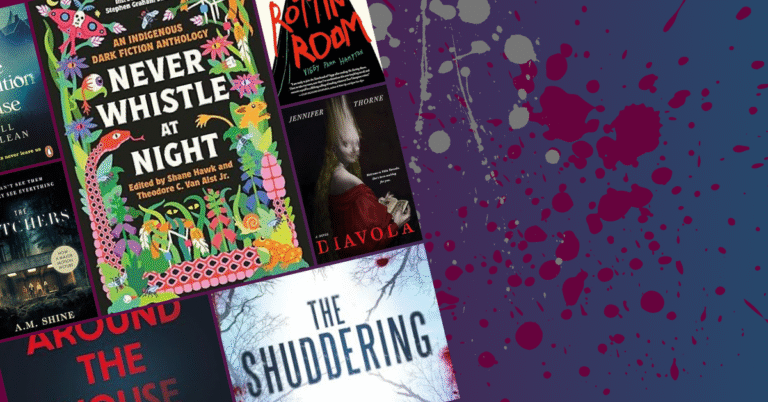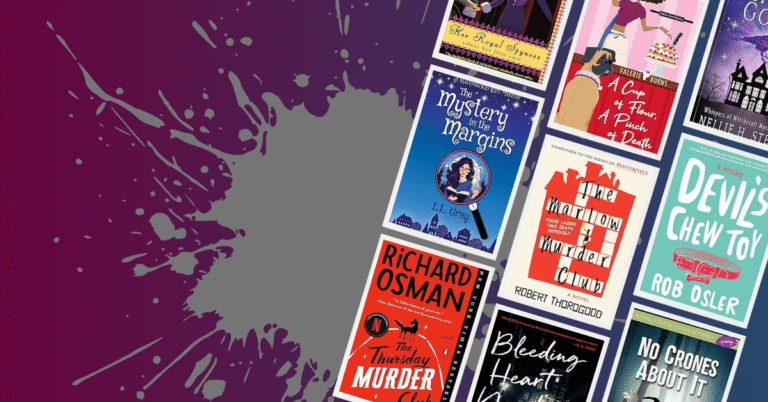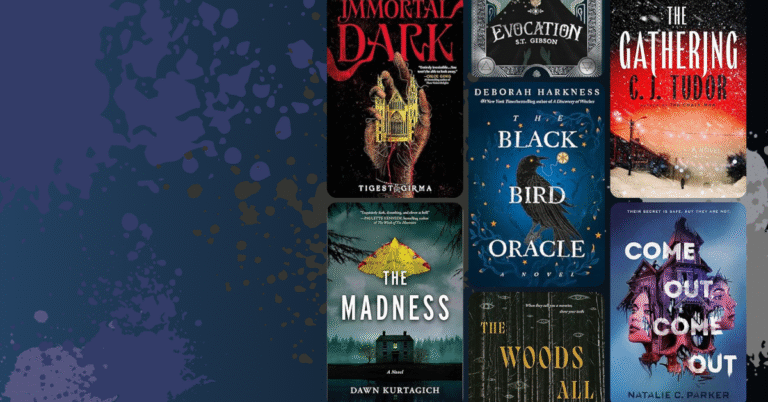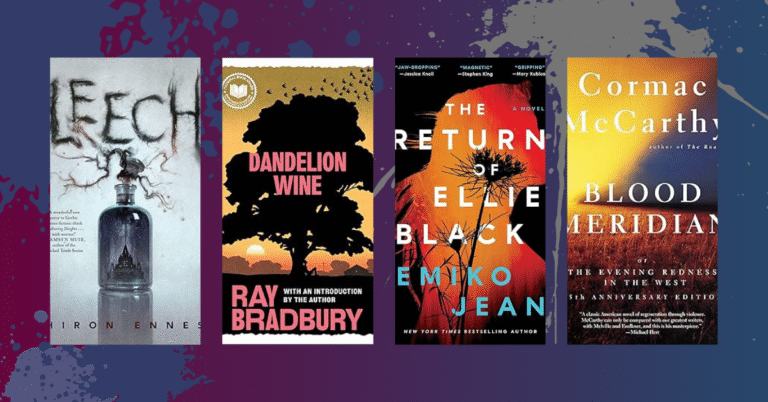Because rereading the same sentence five times and still not getting it is a personal attack, and we’re here to fix that.
Look, we’re not here to question your literacy. You can sound out words just fine. But if you’ve ever finished a page, blinked twice, and realized you have no idea what you just read… welcome. You’re among friends.
Reading comprehension isn’t about knowing big words or flexing your inner thesaurus. It’s about actually absorbing, understanding, and remembering what you read, whether that’s an epic fantasy, a dense research article, or a recipe that forgot to mention when to add the eggs.
The good news?
You can get better at it. No magic spells or boring textbooks required, just a few deceptively simple strategies (and yes, a little practice). We’re breaking down ten practical tips that’ll make your brain sit up, pay attention, and maybe even enjoy reading again.
Ready to stop rereading the same paragraph twelve times? Here’s how to improve reading comprehension.
Think of this as stretching before a mental workout. Before cracking open that book or article, pause and ask: “What random facts do I already know about this topic?”
You’re not starting from scratch; you’re connecting new ideas to the junk drawer of knowledge already in your brain.
How to do it:
- Pause and Reflect: Reading about volcanoes? Dust off that one Nat Geo documentary you watched half-asleep three years ago.
- Use a KWL Chart: Yes, it’s old-school, but it works. Write down what you Know, what you Want to know, and, later, what you’ve Learned.
- Talk It Out: Discuss the topic beforehand with someone. Even if they’re just nodding politely, you’re setting your brain up to engage.
Brains love patterns. When you connect new info to old knowledge, you’re basically handing your brain a cheat sheet.
2. Set a Goal (Besides Just Finishing)
Reading without a purpose is like grocery shopping without a list. You wander aimlessly and end up with a cart full of snacks and no dinner. Set a goal for your brain so it knows what to focus on.
How to do it:
- Ask Yourself Why: Are you reading to learn something? Solve a problem? Pass time on the toilet? All valid. Just be honest.
- Match Your Method to Your Mission: Skimming is fine for casual info. Deep-diving is required for complex material. Don’t mix them up unless you enjoy confusion.
Having a goal gives your brain direction. It helps you filter out fluff and focus on what actually matters.
3. Preview Like You’re Judging a Book by Its Cover
Skimming before reading is like peeking at the trailer before watching the movie. It gives you the gist, the structure, and a sense of whether this will be a flop or five stars.
How to do it:
- Scan the Layout: Headings, bullet points, charts, bold words—treat them like juicy spoilers.
- Look for Clues: Titles like “Why Your Brain Hates You” tell you it’s going to be pop-psych and probably hilarious (and also accurate).
Previewing sets expectations. It activates your brain’s “I might already kind of get this” mode, which makes you more confident and alert.
4. Ask Yourself Questions—Preferably Interesting Ones
If you’ve ever yelled “Why would they DO that?!” at a book character, congrats, you’re halfway there. Asking questions before, during, and after reading makes your brain work harder (in a good way).
How to do it:
- Before: What do I expect to learn?
- During: Why did they say it like that? What’s the point here?
- After: Did that answer anything, or just raise more questions?
Questioning transforms you from passive reader to active interrogator. Suddenly, you’re in charge.
5. Summarize Like You’re Tweeting
Summarizing forces you to actually get what you just read, not just move your eyeballs over it. Keep it short. Keep it snarky. Keep it accurate.
How to do it:
- Pause Often: At the end of each section or chapter, say (or write) what just happened, in 280 characters or less.
- Use Your Own Words: If you copy the author’s phrasing, your brain will zone out. Paraphrasing = engagement.
Summarizing helps lock key points in your memory. It’s like the CliffsNotes, but your version is funnier.
6. Visualize
Turning words into mental pictures makes abstract stuff stick. Think of it as running a mental movie in your head.
How to do it:
- Picture the Scene: Whether it’s a rainforest or a microscopic cell, create a visual in your head.
- Get Sensory: Imagine the sounds, textures, even the awkward smell of that ancient crypt.
Visualization helps you experience the content, not just read it.
7. Take Notes Like You’re Preparing for a Podcast
This isn’t high school note-taking. This is “future-you is going to forget everything, so jot it down with flair.”
How to do it:
- Highlight Key Ideas: Sparingly. Not every sentence is gold.
- Jot Commentary: “This character needs therapy” is a valid note.
- Summarize by Chapter: Think of it as episode recaps for your future self.
Writing stuff down helps you process it deeply and gives you receipts when you need to argue a point later.
8. Discuss (Or Rant) About It
Teaching others—or just yelling your thoughts into the void—forces you to organize what you know. It’s learning disguised as venting.
How to do it:
- Book club it (even if it’s a club of one).
- Debate character choices like it’s the Oscars.
- Explain it to your cat, your toddler, or your very confused barista.
Verbalizing helps solidify learning and identify gaps in your understanding.
9. Master the SQ3R Method (Less Complicated Than IKEA Instructions)
SQ3R = Survey, Question, Read, Recite, Review. Sounds clinical, but it’s the Beyoncé of reading strategies: structured, flawless, iconic.
How to do it:
- Survey: Skim the headings.
- Question: Ask what you want to learn.
- Read: Go all in.
- Recite: Say it out loud or in notes.
- Review: Go back over key ideas. Seal them in.
This keeps you engaged at every stage. No zoning out halfway through paragraph two.
10. Practice
Reading comprehension isn’t a talent, it’s a habit. The more you do it, the less your brain freaks out at dense texts or fancy words.
How to do it:
- Read Every Day: Books, blogs, ingredient labels.
- Vary the Material: Fiction. Nonfiction. Essays. Epics. All fair game.
- Use These Tips: They’re not just decorative.
Repetition builds skill. Even your brain needs reps before it can flex.
Read Smarter, Not Harder (And Never Let a Paragraph Defeat You Again)
Reading comprehension isn’t about being a genius. It’s about being intentional. With the right strategies and a little sarcasm, you can turn every book, article, or instruction manual into something you actually understand—and maybe even enjoy.
Is it going to take practice? Yep. Will it be worth it when you breeze through your next read without zoning out halfway through page two? Absolutely.
Now go forth, read smarter, and never let a sentence bully you again.


